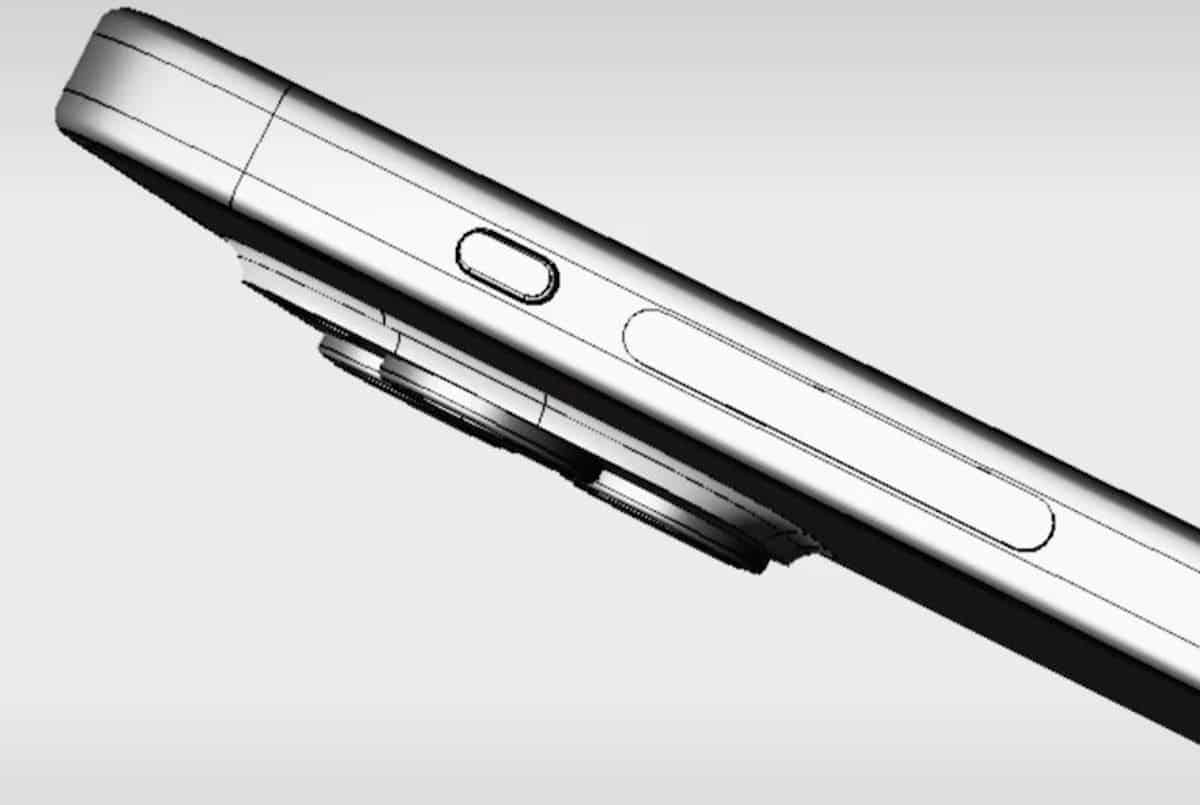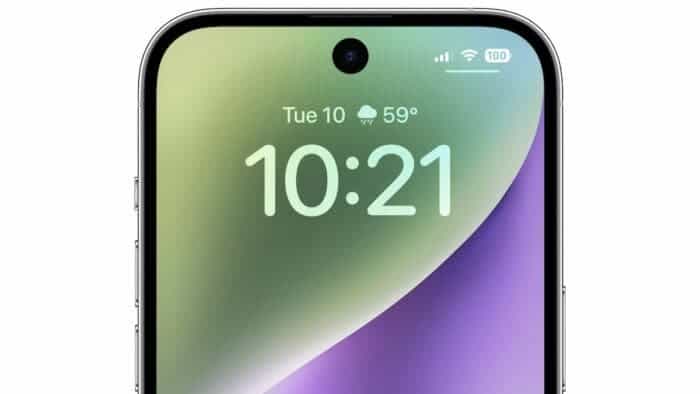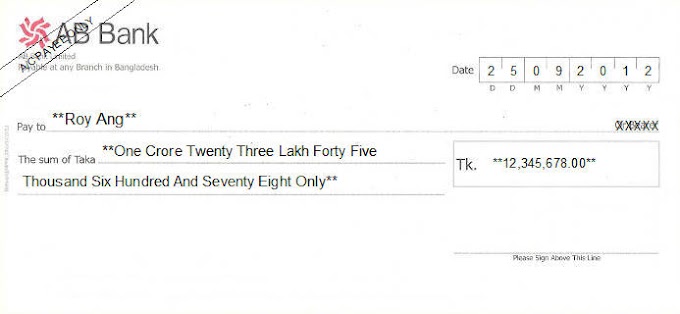Introduction:
The iPhone has come a long way since its inception in 2007, with each iteration bringing new features and improvements. In recent years, Apple has been exploring haptic technology as a way to enhance the user experience on its devices. With the upcoming iPhone 16, Apple is rumored to be introducing haptic buttons, which could be a game-changer in smartphone technology.
Function:
Haptic buttons use vibrations and force feedback to simulate the feel of pressing a physical button. This technology has been used in other devices, such as gaming controllers and smart watches, but has yet to make its way into smartphones. With haptic buttons, users will be able to receive tactile feedback when pressing on-screen buttons, making it easier to navigate the device without looking.
While haptic buttons are a relatively new technology in smartphones, they are not a new concept in the tech world. Haptic technology has been used in other devices for several years, including gaming controllers and smart watches. In fact, Apple has already implemented haptic technology in its Taptic Engine, which provides haptic feedback for notifications, alerts, and other interactions on the iPhone.
However, haptic buttons would be a significant advancement, as they would provide a new level of tactile feedback for on-screen interactions. Instead of simply feeling a vibration, users would feel a physical press when they touched an on-screen button, simulating the feel of pressing a physical button.
One potential application for haptic buttons is in gaming. Currently, smartphone gaming relies heavily on touch controls, which can sometimes feel imprecise or unresponsive. With haptic buttons, gamers could receive tactile feedback when performing different actions, such as firing a weapon or driving a car. This could make the gaming experience more immersive and engaging.
Another potential benefit of haptic buttons is improved accessibility. For users with disabilities, such as visual impairments or motor skill impairments, haptic buttons could make it easier to navigate the device. Instead of relying solely on touch or voice commands, users could receive tactile feedback when pressing buttons, making it easier to use the device without looking at the screen.
Of course, as with any new technology, there are also potential drawbacks to haptic buttons. One concern is increased battery usage, as the vibrations and force feedback require more energy than traditional button technology. This could result in shorter battery life, which could be a significant drawback for users who rely heavily on their devices throughout the day.
Another concern is the cost of implementing haptic buttons. The technology needed for haptic buttons is more advanced than traditional button technology, which could make the iPhone 16 more expensive than previous models. This could be a significant drawback for users who are looking for an affordable smartphone.
Overall, the introduction of haptic buttons on the iPhone 16 could be a significant development in smartphone technology. While there are potential drawbacks, such as increased battery usage and cost, the benefits could be significant, particularly for gaming and accessibility. As Apple continues to push the boundaries of smartphone technology, it will be interesting to see how haptic buttons are implemented and how users respond to this new technology.
Advantages:
The introduction of haptic buttons on the iPhone 16 could bring several advantages. First, it could make the device more accessible for users with disabilities, as they will be able to feel the buttons they are pressing. Second, it could lead to fewer accidental presses, as the haptic feedback will give users a better sense of when they are pressing a button. Third, it could make gaming on the iPhone more immersive, as haptic feedback could be used to simulate the feel of different actions in games.
Disadvantages:
While haptic buttons could bring many benefits, there are also some potential drawbacks. First, it could lead to increased battery usage as the vibrations and force feedback requires more energy. Second, it could make the device more expensive, as the technology needed for haptic buttons is more advanced than traditional button technology. Third, it could take some time for users to get used to the feel of haptic buttons, as it is a new and unfamiliar technology.
Conclusion:
Overall, the introduction of haptic buttons on the iPhone 16 could be a significant development in smartphone technology. It could improve accessibility, reduce accidental presses, and enhance the user experience, particularly in gaming. However, there are also potential drawbacks, such as increased battery usage and cost. It remains to be seen how Apple will implement this technology, but it is clear that haptic buttons have the potential to revolutionize the way we interact with our devices.












Please do not enter any spam link in the comment box.